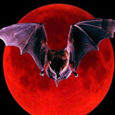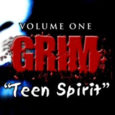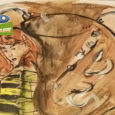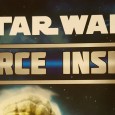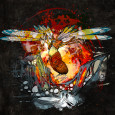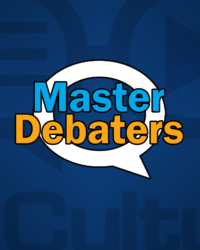Be honest here. How many times did you just watch that video? Was that enough Star Wars told in the style of Shakespeare for you? No? Then I have some good news.
Verily, A New Hope, written by the brilliant Ian Doescher, turns Episode IV into an Elizabethan comedy set in deep space. The entire story is told in classic (and semi-difficult to master) iambic pentameter. As a theatre nerd, my very first reaction to this book was “holy crap we have to perform this”, and as I continued reading that instinct just got stronger and stronger. In fact, this book might well be the answer to “how do we get high schoolers interested in Shakespeare?” Doescher has created a text here that satisfies Star Wars and Shakespeare fans equally– in fact it even satisfied the Bearded One himself to the point where Verily is an officially licensed retelling of the original tale.
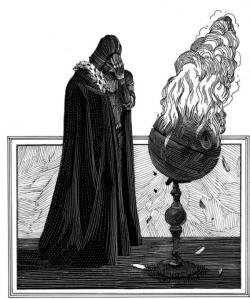 There are few things I love more than innovative storytelling, and Verily is nothing if not innovative. Although it barely takes a few stanzas before you’re thinking that Star Wars and Shakespeare are as classic a combination as peanut butter and jelly. (hey, I can use cliches. I’m not the bard.)
There are few things I love more than innovative storytelling, and Verily is nothing if not innovative. Although it barely takes a few stanzas before you’re thinking that Star Wars and Shakespeare are as classic a combination as peanut butter and jelly. (hey, I can use cliches. I’m not the bard.)
Doescher has created something that is at once familiar and unique. It is both faithful to the original text, and firmly in the world of adaptation. It blends old with new in a way that retains lines such as “that is no moon”, but also makes room for a loquacious R2. For instance:
“C-3P0: But Sir, no proverb warns the galaxy
Of how a droid may hotly anger’d be.
HAN: Aye, marry, ’tis because no droid hath e’er
Torn out of joint another being’s arms
Upon a lesser insult e’en than this–
But Wookies, golden droid, are not so tame.
C-3P0: Thy meaning, Sir, doth prick my circuit board.
‘Tis best to play the fool, and not the sage,
To say it brief: pray let the Wookie win.
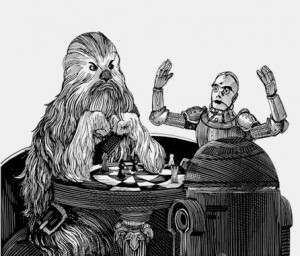
CHEWBAC.: Auugh!
R2-D2 [aside]: –Brute! The fool I’ll play with
thee indeed.
Yet I percieve thou and they friend have heart.”
Doescher includes an Afterword at the end of his book, explaining his inspiration and the timeline of influence that is drawn directly from Shakespeare to Lucas. In between the two giants of their art forms is Joseph Campbell and his classic text on literature, The Hero with a Thousand Faces. Lucas studied the text, which in turn studied Shakespeare’s work and the classic characteristics found therein. It would seem that Doescher’s exercise is a natural progression in literature. In other words, none of us should be surprised that Verily exists, or that it was created so successfully.
Two thumbs up, five out of five stars, and 10/10 points. Pick up your copy of Verily, A New Hope today from Quirk Books, or your local bookstore!
Jen Schiller
Staff Writer
twitter.com/Jenisaur


